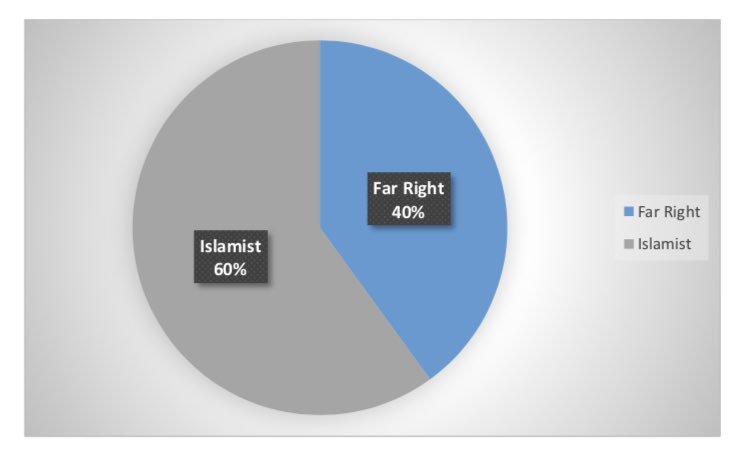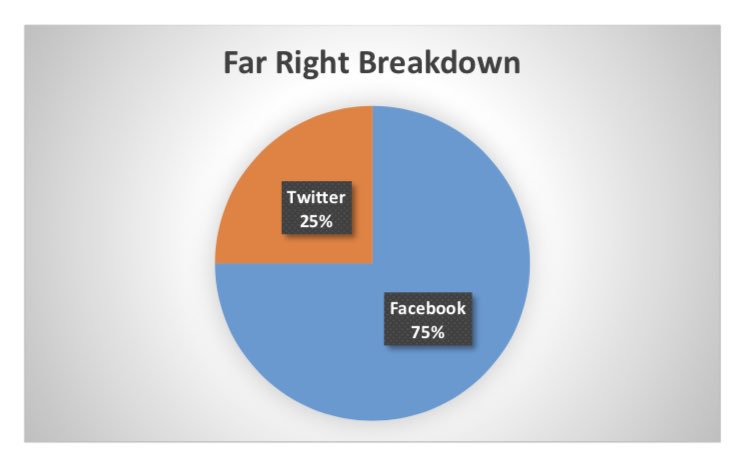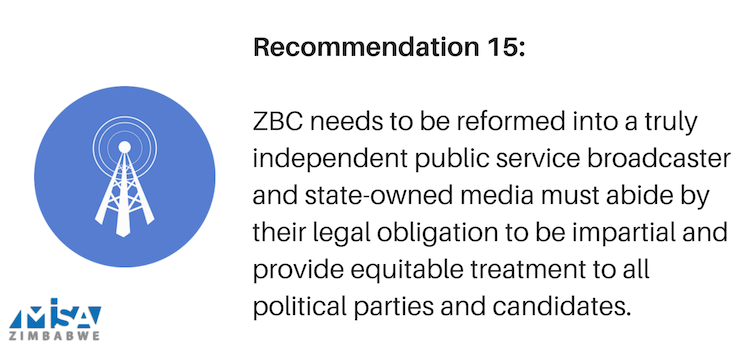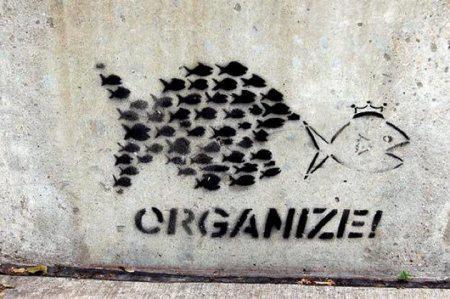People often ask me the “role” of social media and the internet in radicalisation and extremism. These cases and stats are a good start (but not whole picture)
- the use of “weaponised” Facebook accounts (accounts with no legitimate purpose) to disseminate Daesh propaganda
- Translation of videos on how to make explosives
- Makeshift and self-made YouTube videos celebrating death through nasheeds
- The creation of new, self-made terrorist flags
- The use of Twitter to spread hatred against Shias
- Use of computer software to create imitation “in conversation” videos with hate preachers such as Awlaki





















